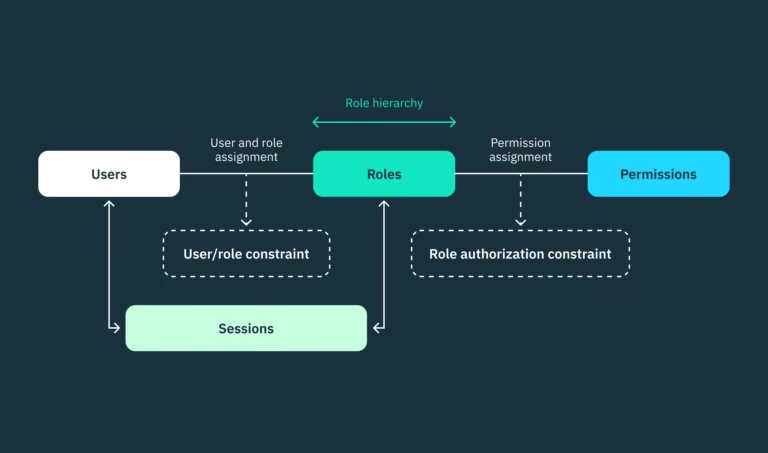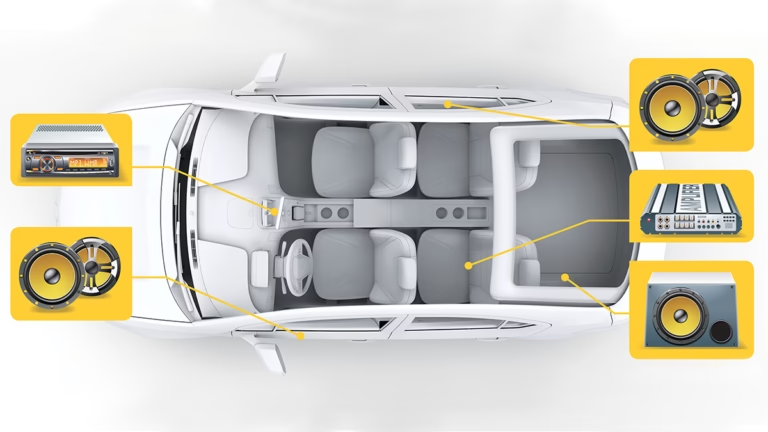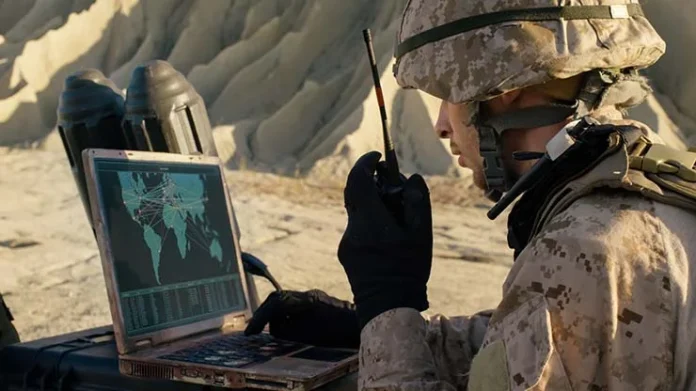
Technological Innovations in Warfare
The influence of technological innovations on warfare has been a significant factor shaping military strategies and battle outcomes throughout history. As societies have evolved, so too has the nature of warfare, driven largely by advancements in technology. From the development of rudimentary weapons in ancient civilizations to the sophistication of modern warfare systems, the evolution of technology has fundamentally transformed how battles are fought and won.
Historically, each major technological breakthrough has been accompanied by shifts in military tactics and strategies. For instance, the introduction of the longbow during the Middle Ages revolutionized battlefield dynamics, allowing for greater range and power against armored foes. Similarly, the invention of gunpowder altered the landscape of warfare, leading to the decline of traditional armored knights and the advent of artillery. The continuous adaptation to technological changes has necessitated a corresponding evolution in military doctrine, illustrating the interconnectedness between advancements in technology and military development.
The impact of these innovations often extends beyond the battlefield, influencing political and social structures as well. For example, the industrial revolution ushered in an era of mechanized warfare, which not only enhanced firepower and efficiency but also changed the recruitment and mobilization of armies. As nations harnessed new technologies, the scale and nature of conflicts evolved, resulting in wars that demanded not just brute strength, but strategic foresight and resource management.
This exploration into the technological innovations in warfare will highlight specific advancements that have significantly shaped historical battles. By delving into examples of pivotal technologies throughout different eras, we will gain a deeper understanding of how each innovation played a crucial role in determining the course of history and the nature of conflict itself.
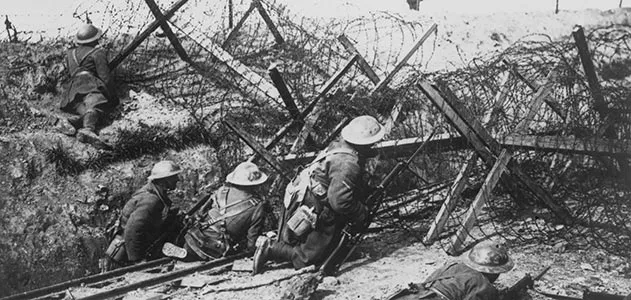
The Role of Gunpowder: Revolutionizing Battle Tactics
Gunpowder, a powerful explosive mixture that originated in ancient China, has fundamentally transformed the landscape of warfare. Initially developed for use in fireworks and for medicinal purposes during the 9th century, its potential as a weapon was soon realized, leading to significant advancements in military technology. The earliest documented use of gunpowder in warfare can be traced back to the Song Dynasty, where it was employed in primitive bombs and rudimentary grenades. As knowledge of gunpowder spread along trade routes, particularly the Silk Road, it gradually found its way into various cultures across the globe.
The introduction of gunpowder into battle tactics during the medieval period marked a critical turning point in military strategy. Traditional battle formations heavily relied on cavalry units, which dominated the battlefield due to their speed and mobility. However, the advent of gunpowder-based weapons drastically shifted this dynamic. With the rise of firearms and artillery, infantry began to gain prominence, leading to the establishment of more structured formations and tactics that could effectively counter cavalry charges. This change not only democratized warfare, allowing common soldiers to wield significant firepower, but it also rendered many aspects of knightly warfare obsolete.
Furthermore, the development of cannons and large artillery pieces allowed armies to breach fortifications that had previously been considered impregnable. The siege warfare of the Renaissance era demonstrated how gunpowder could decisively influence outcomes, leading to the fall of fortified cities and altering territorial control. This new era saw fortified structures adapting by incorporating designs that mitigated the destructive capabilities of cannons, further emphasizing the evolving nature of military architecture in response to technological advancements.
Ultimately, gunpowder redefined combat dynamics, paving the way for modern warfare. Its impact on tactics, troop formations, and the overall organization of armies can still be observed in contemporary military strategies. As such, the role of gunpowder remains an essential chapter in the history of technological innovations in warfare.

Industrial Revolution: Mechanization of Armies
The Industrial Revolution marked a pivotal moment in history, fundamentally transforming various sectors, including warfare. As industries advanced, armies began to incorporate mechanized technology into their operations, leading to a significant shift in military strategy and capabilities. The emergence of mechanized weapons can be traced back to the advancements in manufacturing processes, which facilitated the mass production of military equipment and introduced a new era of conflict marked by increased efficiency and lethality.
An essential aspect of this transformation was the development of railroads, which revolutionized troop movement. Before the advent of trains, transporting large units of men and supplies across vast distances was a Herculean task, often fraught with logistical delays. However, with the introduction of railroads, armies could mobilize more quickly and efficiently than ever before. Troops, supplies, and artillery could be transported to front lines rapidly, allowing for faster deployments and the ability to establish strongholds in strategically important locations. This capability was prominently observed during the American Civil War, where both the Union and Confederate armies utilized rail networks to sustain long campaigns.
In addition to rail transport, steam-powered ships enhanced naval warfare, enabling fleets to maneuver with speed and precision previously unattainable with sail-powered vessels. This increased naval capability was crucial during conflicts such as the Crimean War, where the British Royal Navy utilized steamships to maintain control of the seas and project power far from home shores. Furthermore, the introduction of tanks during World War I represented a watershed moment in land warfare. These mechanized units combined speed, armor, and firepower, allowing armies to breach static trench defenses and change the tide of battles.
Overall, the mechanization of armies initiated by the Industrial Revolution allowed for larger-scale confrontations and more efficient logistics. As technological innovations continued to emerge, they reshaped the nature of warfare, establishing a foundation for modern military operations that still influences contemporary conflict dynamics.
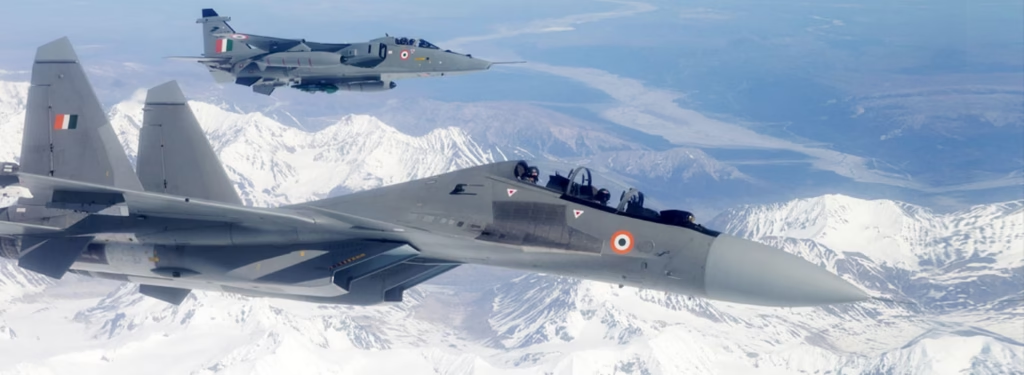
Air Power: The Sky as the New Frontier
The evolution of air power during the 20th century marked a transformative period in warfare, fundamentally altering military strategies and tactics. In World War I, the advent of aircraft enabled armies to conduct reconnaissance missions, providing invaluable intelligence on enemy positions. These early reconnaissance flights laid the groundwork for the future integration of air power into military operations. The significance of aerial reconnaissance cannot be understated; it offered commanders insights that were previously unattainable, thereby enhancing decision-making processes on the ground.
As World War I progressed, the role of aircraft began to expand beyond reconnaissance. Fighters and bombers were introduced to engage in aerial combat and attack ground targets. By the time World War II arrived, air power had transitioned from a supplementary force to a primary component of military strategy. The strategic bombing campaigns executed by the Allied forces are a testament to this shift. Bombing raids aimed at key industrial centers and civilian infrastructure not only sought to disrupt the war efforts of enemy nations but also aimed to demoralize their populations, thereby complicating the soldiers’ resolve on the battlefield.
The psychological impact of air power was profound. Both military personnel and civilians experienced fear and uncertainty as bombers soared overhead, often resulting in shifts in public sentiment and morale. The air strategies employed by both the Axis and Allied powers during World War II demonstrated that control of the air was vital for achieving significant advantages on land and at sea. Consequently, the lessons learned during this period underscored the necessity for nations to invest in and develop their air capabilities as part of modern military doctrine.
In conclusion, the trajectory of air power illustrates its critical role in shaping warfare. From World War I reconnaissance to the strategic bombings of World War II, air power emerged as a decisive factor that transformed battle tactics and strategies, leaving an indelible mark on military history.
Nuclear Warfare: A Game Changer in Global Conflicts
The introduction of nuclear weapons marked a significant turning point in the landscape of global warfare. Following World War II, the emergence of nuclear capabilities transformed military strategies, diplomacy, and geopolitical dynamics. The sheer destructiveness and capacity for mass casualties associated with nuclear arms rendered traditional forms of warfare impractical and raised the stakes of international conflicts to unprecedented levels.
One of the most critical impacts of nuclear weapons is the doctrine of deterrence, which emerged as a central pillar of military strategy during the Cold War. This strategy posited that the possession of nuclear weapons would deter adversaries from initiating conflict, due to the catastrophic consequences that nuclear engagement would entail. The principle relied heavily on the notion of Mutually Assured Destruction (MAD), whereby both the United States and the Soviet Union maintained sufficient nuclear arsenals to deter each other from striking first. The Cold War era, characterized by a tense standoff between these superpowers, reinforced the idea that nuclear weapons fundamentally altered the dynamics of warfare and international relations.
However, the ethical implications surrounding the use of nuclear weapons cannot be understated. The devastation caused by atomic bombs dropped on Hiroshima and Nagasaki raised profound moral questions about the justification of such weaponry. Additionally, the long-term effects of radiation on civilian populations and the environment further complicated the narrative surrounding nuclear warfare. As states engaged in an arms race and sought to augment their nuclear arsenals, the potential for catastrophic miscalculations loomed large.
In conclusion, the advent of nuclear warfare not only changed the nature of military engagements but also reshaped the fabric of global politics. Its enduring legacy continues to influence modern military capabilities and strategy, as nations grapple with the ethical considerations of possessing weapons of mass destruction while navigating the complex international landscape. The interplay between these elements remains a critical subject for scholars and policymakers alike.

Information Technology: Cyber Warfare and Modern Battles
In the realm of contemporary warfare, information technology has emerged as a pivotal force, fundamentally altering the landscape of military strategy and operations. The advent of the digital age has given rise to cyber warfare, wherein states and non-state actors engage in hostile activities through cyberspace. This form of conflict harnesses the power of networks to disrupt, manipulate, or destroy vital information systems, leading to significant implications for national security. Cyber attacks increasingly target critical infrastructure, thereby revealing the vulnerabilities that technology introduces into modern military paradigms.
Intelligence gathering, augmented by technological advancements, plays a crucial role in shaping military strategies. The integration of artificial intelligence (AI), big data analytics, and advanced surveillance systems enables armed forces to collect, analyze, and disseminate information with unparalleled speed and accuracy. This wealth of intelligence is essential for informed decision-making, allowing military leaders to anticipate enemy movements and adapt their plans accordingly. Moreover, the strategic use of drones and unmanned aerial vehicles (UAVs) has transformed reconnaissance operations, facilitating real-time data collection while minimizing risk to personnel.
The implications of information technology extend beyond mere data collection. Enhanced battlefield communications, facilitated through secure networks and encrypted channels, ensure that units remain coordinated and responsive amid evolving threats. This interconnectedness empowers commanders to execute operations with agility, bolstering the effectiveness of their forces in rapidly changing scenarios. As digital innovations continue to redefine the parameters of warfare, understanding their impact becomes crucial for both military planners and policymakers alike.
In conclusion, information technology, particularly through the lens of cyber warfare and innovative communications systems, is a defining feature of modern battles. Its influence permeates every aspect of military strategy, necessitating a reevaluation of traditional tactics to address the complexities introduced by the digital age.

Drones and Robotics: The Future of Combat
In recent years, the landscape of warfare has been dramatically altered by advancements in drone and robotics technology. Unmanned systems have emerged as pivotal instruments in modern military operations, reshaping how conflicts are conducted. Drones, specifically, have gained notoriety for their capabilities in providing surveillance, conducting targeted strikes, and offering real-time intelligence to ground forces.
The strategic advantages presented by drones are significant. Their ability to operate remotely allows military personnel to engage in combat situations without exposing themselves directly to danger. In scenarios where traditional manned aircraft might be at risk, drones can undertake reconnaissance missions with minimal risk to human life. Additionally, drones can provide high-resolution imagery and data analytics, enhancing situational awareness on the battlefield, and enabling commanders to make informed decisions swiftly.
However, the deployment of drones and robotic systems raises important ethical considerations. The use of unmanned aerial vehicles (UAVs) in targeted strikes sparks debates regarding accountability, the potential for civilian casualties, and the implications of detaching human operators from the combat environment. Critics argue that drone warfare can lead to desensitization to violence and an escalation in military engagements without direct oversight. Conversely, proponents argue that drones can minimize collateral damage when used with precision.
The future implications of integrating more advanced drones and robotics in warfare are significant. As technology continues to advance, the potential for autonomous systems to make combat decisions presents both opportunities and challenges. Nations across the globe are investing in research and development to enhance these systems further, pushing the boundaries of warfare strategies. As we progress, it is crucial to evaluate these innovations critically, ensuring that their implementation in military operations aligns with ethical paradigms and international laws.
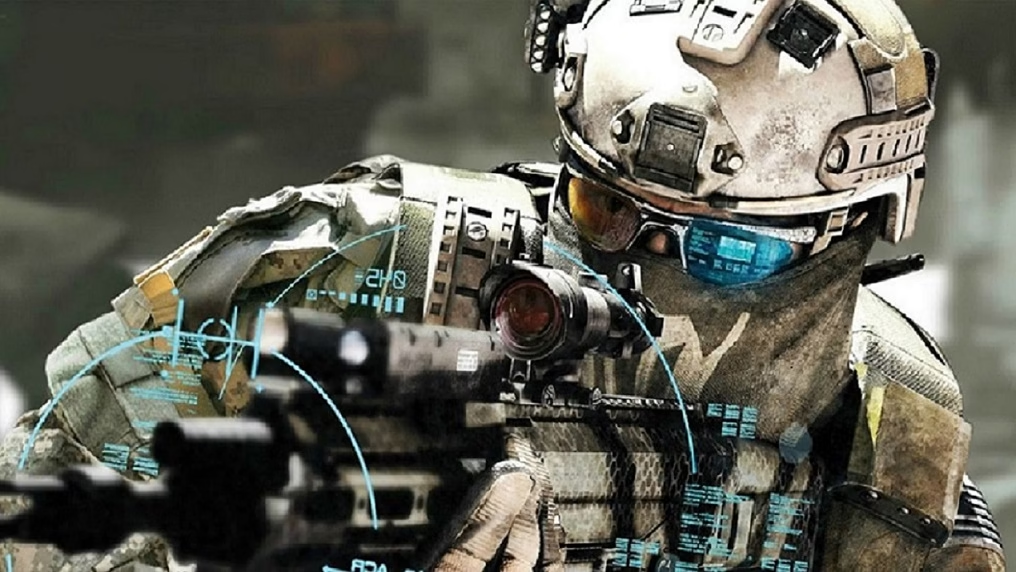
The Impact of Technology on Soldier Experience
Throughout history, the soldier’s experience in warfare has been profoundly impacted by technological advancements. Early in military history, armored suits provided basic protection, but over the centuries, the evolution of protective gear has turned into a complex integration of materials and design, significantly enhancing survivability on the battlefield. Modern body armor, for example, effectively mitigates the risk of injuries from ballistic threats, allowing soldiers to engage in combat with a higher level of confidence and safety.
Moreover, advancements in materials science have led to the development of lighter and more durable protective gear, enabling greater mobility without sacrificing safety. This shift has positively influenced the tactics employed by soldiers, allowing for more dynamic maneuvering and engagement methods in combat scenarios. As a result, soldiers can now participate in operations that demand agility and endurance, ultimately altering the nature of ground warfare.
In addition to protective gear, technology has revolutionized communication methods within the ranks. The introduction of radio systems and, more recently, portable satellite communication devices has drastically improved coordination among units during combat. Being able to communicate instantly and effectively not only enhances the operational efficiency of military tactics but also boosts morale among troops. Soldiers can receive real-time updates about their comrades’ locations and tactics, fostering a sense of unity and support.
Furthermore, technological innovations have allowed for improved situational awareness through various sensors and reconnaissance tools, ensuring that soldiers are better informed about enemy movements and potential threats. This heightened awareness can significantly reduce the likelihood of casualties and guide soldiers in making more informed tactical decisions. In summary, the impact of technology on the soldier experience in warfare has been multifaceted, improving safety, morale, and combat effectiveness, and continuously reshaping the future landscape of military engagements.
Conclusion: The Ongoing Evolution of Warfare Technology
Throughout history, technology has acted as a catalyst for change in warfare, influencing tactics, strategies, and the overall landscape of military conflicts. The analysis presented in this blog post has illustrated how crucial innovations—ranging from the introduction of the longbow to the development of cyber warfare—have continually revolutionized the way battles are fought. Each technological advancement has not only shaped individual battles but also affected the broader course of wars and, consequently, history itself.
As we reflect on past innovations in warfare technology, it becomes evident that the implications of these advancements extend far beyond the battlefield. Developments such as drones and advanced surveillance systems have altered not only how wars are conducted but also the very nature of combat, emphasizing precision over sheer force. This shift raises important questions about ethics, the role of human decision-making in combat, and the potential for misuse of technology in armed conflict.
Looking to the future, the trajectory of military technology promises further transformations. Artificial intelligence, robotics, and quantum computing are on the verge of integrating more deeply into military operations, posing both opportunities and risks. These advancements could change the dynamics of warfare, perhaps leading to conflicts characterized by rapid and unpredictable decision-making capabilities. Nations may need to adapt their defense strategies to counter these new forms of aggression, thereby altering the fabric of global security.
In summary, the continual evolution of warfare technology not only shapes the methods of engagement in conflicts but also influences international relations and national security strategies. As we advance into an era where technology plays an ever-increasing role in warfare, the responsibility lies with military leaders and policymakers to navigate these innovations carefully, ensuring that they enhance security rather than exacerbate global conflicts.

